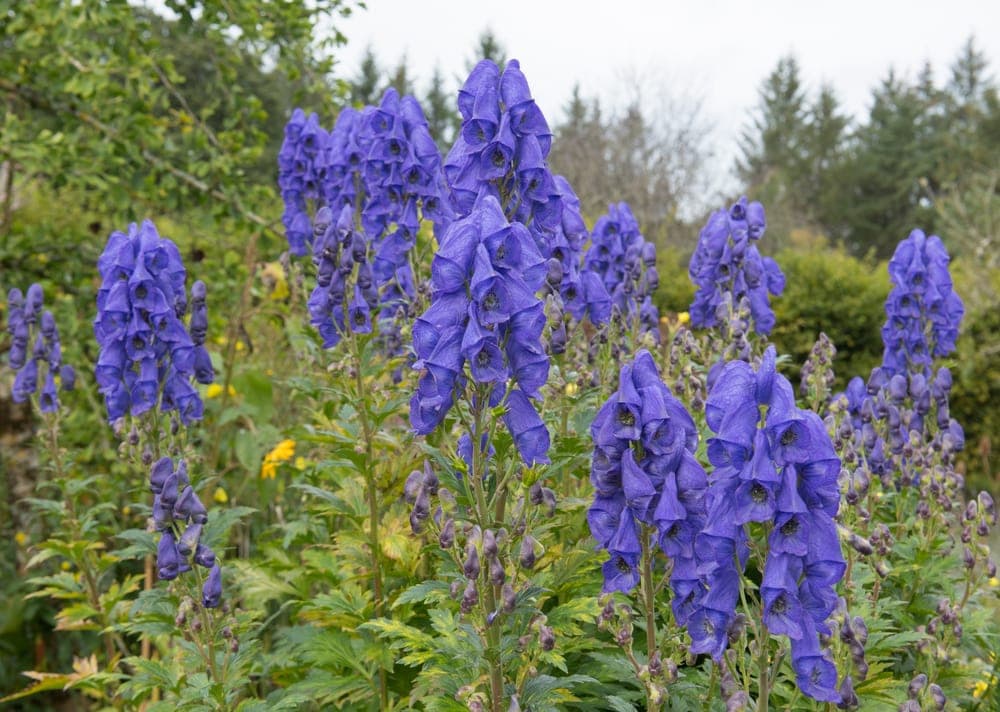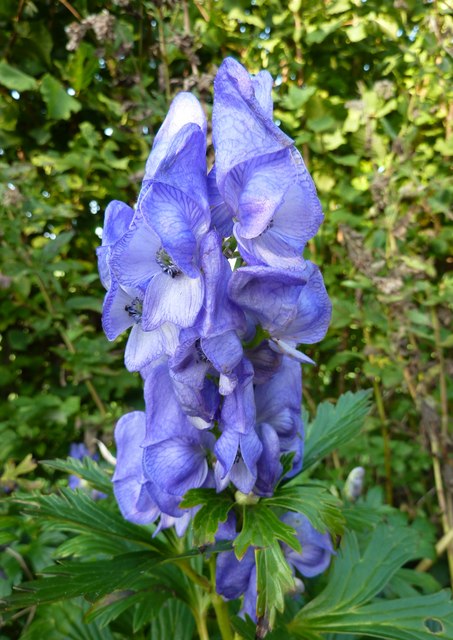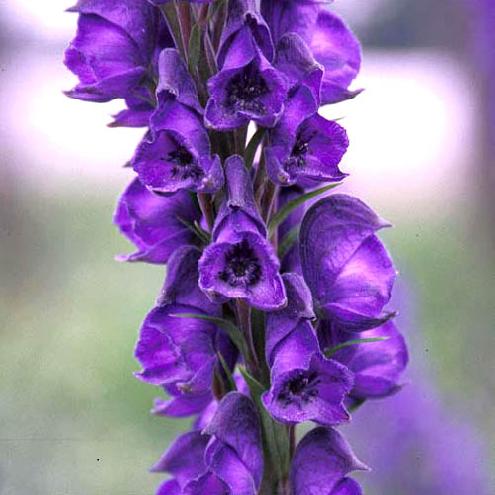


henbane, datura, deadly nightshade and mandrake aconite from monk’s hood hemlock, hellebore, colchicum (from autumn crocus), yew extract and opium. They included plants with belladonna alkaloids, e.g. Vegetable poisons were best known and most frequently used. Poisons were of vegetable, animal and mineral origin. Our knowledge of poisons available during Roman times is derived from the writings of Dioscorides, Scribonius Largus, Nicander, Pliny the Elder, and Galen. The art of poisoning was carefully cultivated in Rome, and became a flourishing industry since the early Emperors. Monkshood originated from the spittle of the beast Kerberos was dripped on the ground and this lead to the sprouting of Monkshood. Soldiers would dump aconite down wells in order to poison an enemy’s water supply. Several species of Aconitum have been used as arrow poisons.


The Greeks called Aconite lykotonon, meaning wolf slaying (Wolfsbane) this plant earned the name because it was rubbed on the arrows used when hunting wolves. Today, Aconite use in medicine has been discontinued in favour of safer medications. At one time, Aconite was a homeopathic remedy used in western medicine. All the species contain the active poison Aconitine, which exists in all parts of the plant, but especially in the root. The poison works by targeting the cardiovascular and central nervous system, and gastrointestinal tract. Already the author Nicander of Colophon (fl 130 BC) advised of aconite toxicity.
#Poisonous wolfsbane skin#
However, its popularity took a plunge when it was discovered that the mere rubbing of preparations on skin produced symptoms like poisoning by ingestion, and thereafter was sought primarily by those who had more sinister uses for the plant. Until its toxic properties were discovered, tincture or liniment of aconite was used to relieve sciatica, neuralgia and rheumatism, for the heat-production and mild anaesthetic properties of the potion gave comfort to many an aching joint. The leaves and root yield its active ingredient, a potent alkaloid called Aconitine, which was frequently used to poison the tips of hunting darts or javelins. The Greeks hailed it as the Queen of Poisons, and until the 20th century, it was the deadliest toxin known to man. Aconite is also supposed to have been the poison that formed the cup which Medea prepared for Theseus. It was said to be the invention of Hecate from the foam of Cerberus, and it was a species of Aconite that entered into the poison which the old men of the island of Ceos were condemned to drink when they became infirm and no longer of use to the State. Some species of Aconite were well known to the ancients as deadly poisons. These herbaceous perennial plants are chiefly natives of the mountainous parts of the northern hemisphere, growing in moisture retentive but well draining soils on mountain meadows. The most common plant in this genus, Aconitum napellus (the common Monkshood) was considered to be of therapeutic and of toxicological importance. It belongs to the Aconitum genus of flowering plant belonging to the buttercup family (Ranunculaceae). Monkshood – Aconitum napellus, Wolfsbane – Aconitum lycoctonum and other speciesĪconite is a powerful plant, used in the past as a medicinal herb, a poison and in potions for incantations. If you would like to read Laura’s first article on the medicinal properties of Mandrake please click here. I hope that we hear more from Laura on this topic area, and submissions from readers would be very welcome as we build up slowly to the 2011 Runciman Lecture which I believe will be on the subject of Byzantine medicine. This article helps us further understand how the ancients, and in particular the Byzantines, used medicinal herbs as medicine and in this case as poisons. I am very pleased to be able to bring you a further piece by Laura Diaz-Arnesto, from Uruguay (I have forgiven her and her nation for the huge error of her compatriot linesman in the England v Germany World Cup match 🙂 ).


 0 kommentar(er)
0 kommentar(er)
